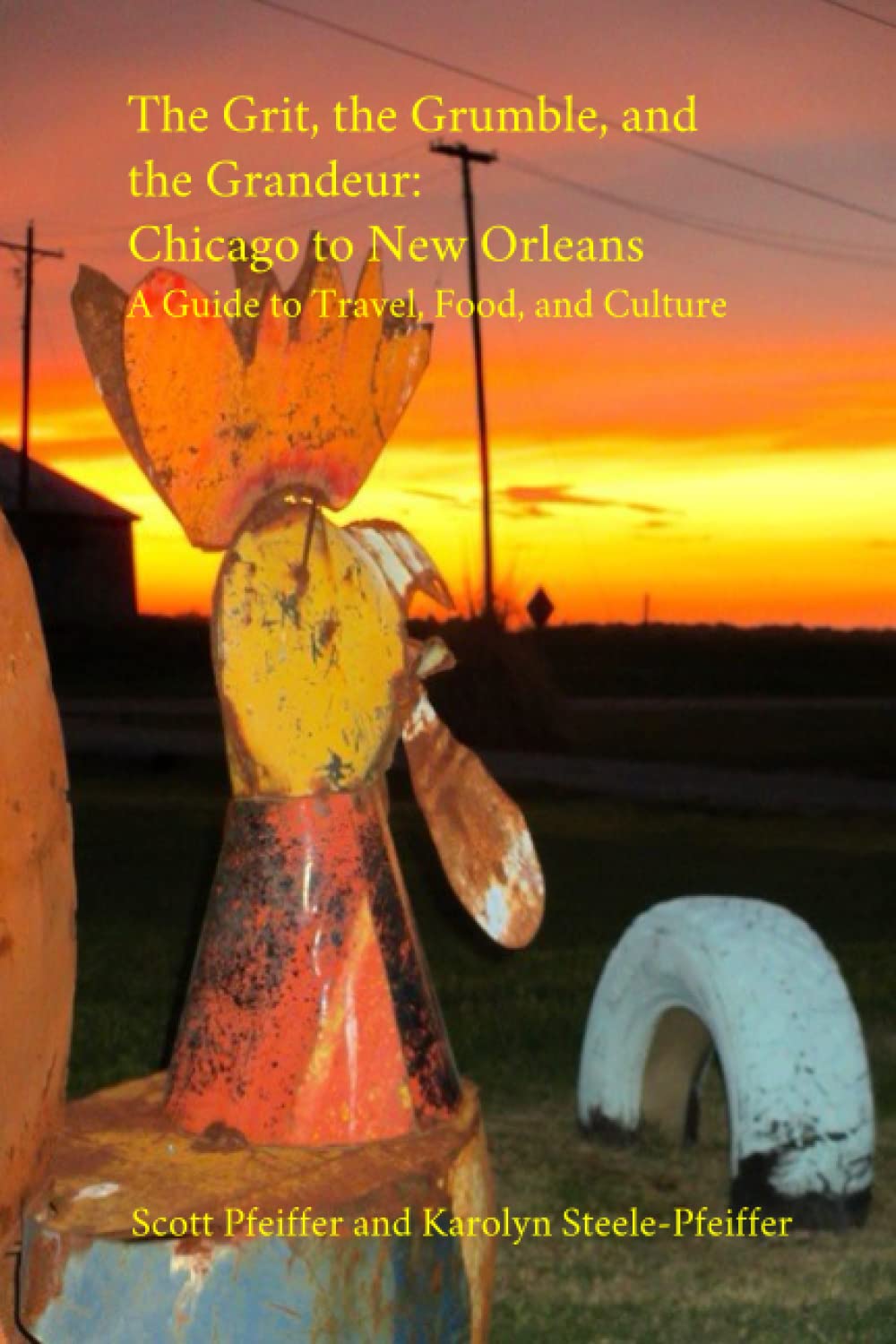Head-On
Throughout the German/Turkish film “Head-On” there are interludes in which a female singer backed by a traditional Turkish classical ensemble plays to the camera on the banks of Istanbul’s Bosphorus strait. Director Faith Akin has said that these interludes are meant to show the audience when a new act is beginning and also that the traditional songs “are about how you can love somebody so much you go insane, you feel so much passion that you want to hurt yourself.” “Head-On” sings of a suicidal German-Turkish couple, young Sibel (Sibel Kekilli) and middle-aged Cahit (Birol Unel). Cahit was born in Germany while Sibel immigrated with her conservative, traditional Muslim family. They meet in an institution where they’ve been sent to quell their appetites for self-destruction. Sibel chafes at the repressive culture of her family so much that she has slashed her wrists, whereas Cahit has purposefully rammed his car head-on into a wall.
They set up a platonic marriage of convenience so that Sibel can escape her family. She celebrates her new freedom by indulging in what might in a family forum be called “interpersonal relations”, but not with Cahit. Her means of rebellion is also her yoke–the means by which men exploit her.
The characters return to their native Turkey for the final acts of the film. Sibel has fled there from the men in her family who have decided to kill her for “dishonoring” them (which raises the question, if she so desperately wants to die then why does she run when her brother comes to kill her?), whilst Cahit, who has been in jail for accidentally killing one of Sibel’s lovers, gets out and goes in search of her.
For me, the film is ultimately about the life force overcoming the death wish. Another word for the life force, the film suggests, is love. There’s a moving scene in which Cahit explains to Sibel’s sister, who is reluctant to divulge Sibel’s whereabouts, that Sibel gave him the will to live. Though he's in Turkey, he speaks in halting English as though to emphasize the weight of his words. Sibel herself emerges transformed in a way that I shan’t reveal, except to say that love plays a part in her healing and redemption as well.
The acting is strong throughout. Birol Unel reminded my movie buddy of Klaus Kinski, with some justification: he has a similar explosiveness and volatility. Newcomer Sibel Kekilli gives a raw, indelible performance for which she won Best Actress at the German Film Awards 2004, although she’s been the subject of controversy in Germany ever since the inevitable revelation, much to her chagrin, that she appeared in porn before being discovered for “Head-On”. (In a sad case of life imitating art, I read that her conservative Muslim family burned their photos of her, just as the family does in the film.)
Though heavily hyped, I wouldn’t call this film essential viewing. There’s something a bit too familiar about a lot of it. As Bernard Hemingway has written, Sibel and Cahit are “the Sid and Nancy of the Turkish-German diaspora”. You may also be put in mind of Fassbinder. Still, there’s no denying that it’s strong stuff. Word of warning: a lot of blood flows and spurts in this film, as though to symbolize the life force that the characters treat so cavalierly. So don’t go if you like your films less “rare”!
- Apr 22, 2005


 Scott Pfeiffer
Scott Pfeiffer
Reader Comments